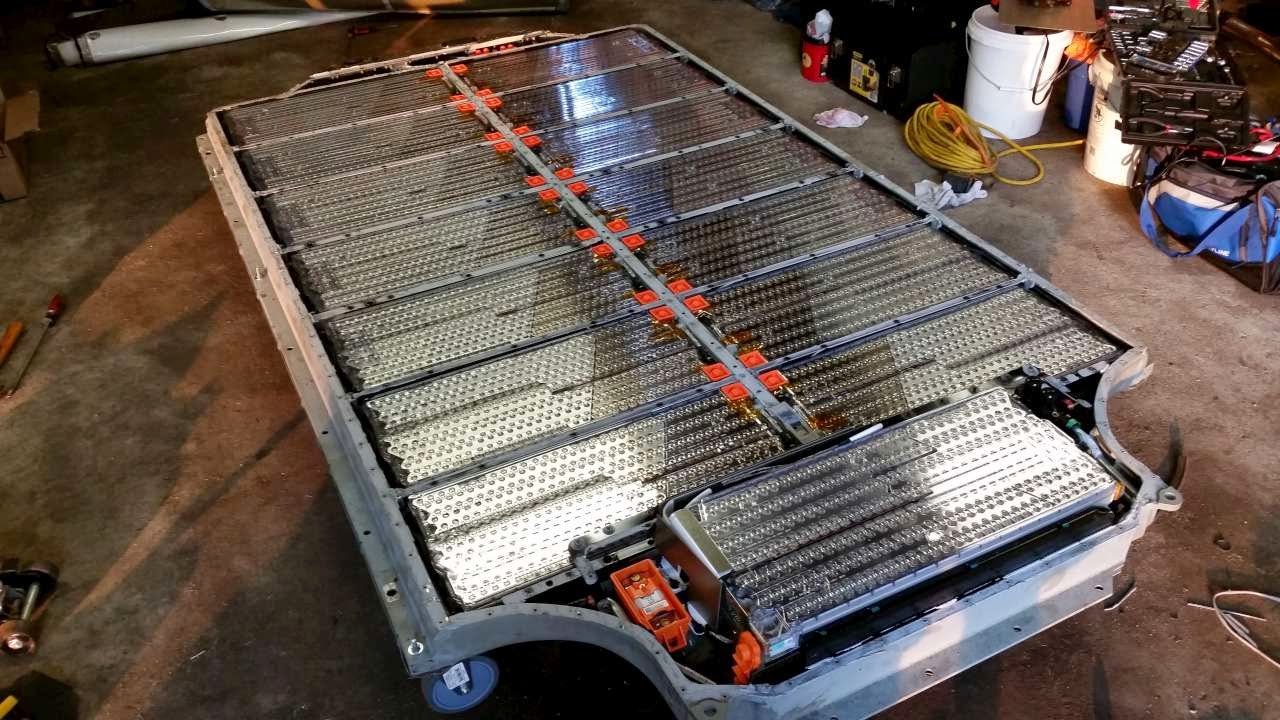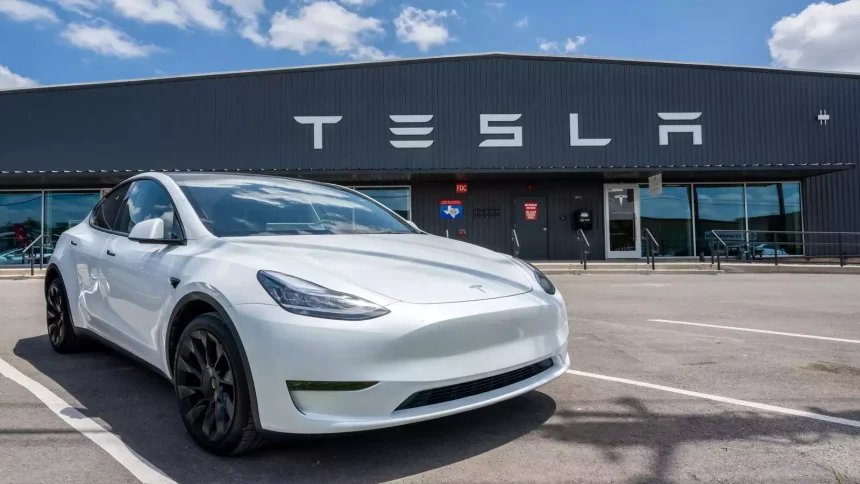What if a car company could sell over a million vehicles and still be criticized for thinking too big? Tesla is more than just an automaker; it’s a force reshaping entire industries. From leading the electric vehicle revolution to transforming energy with solar power and cutting-edge battery technology, Tesla is redefining what’s possible. Its bold ambitions stretch far beyond cars, fueling innovations in autonomous driving, energy storage, and even space exploration through its partnership with SpaceX. Yet, this relentless pursuit of progress comes with its share of challenges—leadership controversies, production delays, and ongoing quality concerns.
Tesla’s journey to global dominance is as unpredictable as it is ambitious. The real question is: can it overcome its growing pains to truly change the world, or will its bold vision outpace its ability to deliver?
From Bold Vision to Industry Powerhouse
Founded in 2003, Tesla’s mission was clear: to prove that electric cars could outperform traditional gasoline vehicles. Under Elon Musk’s leadership since 2004, Tesla has consistently shattered expectations. The 2008 Roadster demonstrated that electric cars could be thrilling. The 2012 Model S redefined luxury sedans, and the Model 3 made electric cars mainstream, forcing automakers to reassess their strategies
Despite challenges like the infamous “production hell” during the Model 3 rollout, Tesla emerged stronger, evolving from a niche player into a global powerhouse.
Powering the Future: Beyond Electric Cars
Tesla’s ambitions stretch well beyond vehicles, aiming to revolutionize how the world generates and stores energy. The Powerwall, Powerpack, and Megapack provide scalable energy storage, while the Solar Roof integrates clean energy directly into homes. Tesla’s rapidly expanding Supercharger network makes long-distance EV travel more accessible than ever.
However, challenges persist in the energy sector, especially with the Solar Roof, which has struggled with production delays and high costs. Scaling its energy business to match its automotive success remains a work in progress, but Tesla’s energy vision continues to push boundaries.
Innovation Under Pressure: Tesla’s Manufacturing Revolution
Tesla leads the charge in manufacturing innovation. Its global Gigafactories, from Nevada to Shanghai and Berlin, are transforming how vehicles and batteries are made. Two critical innovations—the Giga Press and 4680 Battery Cell—are central to this revolution.

The Giga Press molds large vehicle components from a single piece, cutting production time and costs. The 4680 Battery Cell increases energy density and range while lowering production costs. These advancements keep Tesla ahead in both vehicle production and battery technology, positioning the company as a key player in the future of manufacturing.
Tomorrow’s Tech: Bold Vision Meets Harsh Reality
Tesla’s ambitions extend far beyond vehicles, aiming to revolutionize both how the world generates energy and powers transportation. The Powerwall, Powerpack, and Megapack offer scalable energy storage, while the Solar Roof integrates clean energy into homes. However, scaling its energy business to match automotive success remains challenging, particularly with production delays and high costs. These struggles reflect the broader challenges Tesla faces not just in energy but also in manufacturing, where its bold goals have driven significant breakthroughs.
Also Read: Reliance Jio Launches New 5.5G Network, Offering Mind Blowing Speed of Up to 10 Gbps
Among Tesla’s most daring ventures is Optimus, a humanoid robot designed to take on hazardous, repetitive tasks across industries like manufacturing and logistics. While this project holds immense potential, critics argue that Tesla should focus on perfecting its Full Self-Driving (FSD) technology, which is still under development, before branching into robotics.
Economic Impact: Tesla’s Market Influence
Tesla has surpassed expectations, emerging as one of the world’s most valuable companies. Its revenue growth is driven by soaring vehicle sales, energy products, and Full Self-Driving (FSD) software. Tesla has achieved consistent profitability, silencing critics and proving that it can thrive in the competitive automotive market. Yet, its stock volatility and Musk’s unpredictable behavior continue to raise concerns about long-term stability. Still, Tesla’s influence on the S&P 500 and clean energy investments is undeniable.
The company’s market dominance has pushed traditional automakers like Ford, GM, and Volkswagen to accelerate their electrification efforts. Tesla has evolved from a car manufacturer to a change-maker across industries, from energy to technology.
A Legacy of Innovation: Tesla’s Lasting Impact
Tesla didn’t just enter the electric vehicle market; it transformed it. By proving that electric cars could be fast, stylish, and practical, Tesla sparked a global shift. Traditional automakers have been forced to accelerate their electrification plans to match Tesla’s pioneering designs.
Tesla’s impact extends far beyond transportation, with innovations like the Powerwall and Solar Roof changing how consumers view energy. Meanwhile, Gigafactories are revolutionizing global manufacturing. Tesla is building a future where transportation, energy, and technology are seamlessly integrated.
Yet, despite its groundbreaking legacy, Tesla’s future is far from guaranteed. The company now faces its greatest challenge: scaling its vision while overcoming rising competition, production bottlenecks, and leadership scrutiny.
Tesla’s Crossroads: Navigating Challenges to Sustain Leadership
Tesla’s dominance in the electric vehicle (EV) market is increasingly challenged by regulatory hurdles, rising competition, and internal struggles. In the European Union, Tesla faces stricter regulations on data privacy, autonomous driving, and environmental standards, all of which impact its operations and expansion.
Similarly, India, one of the world’s fastest-growing EV markets, remains elusive due to stalled negotiations over import duties and local manufacturing. If these issues aren’t resolved, Tesla risks missing out on major growth opportunities.
Related: Inside SpaceX: Understanding the Innovative Business Model Driving Space Exploration
Competition in the EV market is intensifying, as rivals like Ford’s Mustang Mach-E, Volkswagen’s ID.4, and newcomers such as Rivian and BYD rapidly close the technology gap. These companies are matching Tesla in electric range, pricing, and autonomous driving capabilities, challenging Tesla’s once-dominant position. With increasing competition and diverse offerings, Tesla’s leadership is no longer as secure, as traditional automakers and newcomers quickly adapt to meet consumer demand.
Internally, Tesla is grappling with leadership controversies and safety concerns around its Full Self-Driving (FSD) technology. The technology, once touted as groundbreaking, has faced scrutiny due to accidents and concerns about its readiness for mass adoption.
Production delays and quality control issues further complicate Tesla’s ability to scale efficiently. Despite these setbacks, Tesla’s future hinges on its ability to address these challenges while continuing to innovate. The road ahead will require not just groundbreaking ideas but flawless execution and strategic adaptation to shifting global markets.
Final Thoughts
Tesla’s relentless ambition has shattered industry norms, redefining transportation and accelerating the global shift to sustainable energy. But as the company scales new heights, the challenge isn’t just innovation: it’s delivering consistent results amid rising competition and internal pressures. The road ahead calls for more than bold ideas; it demands flawless execution. If Tesla can strike that balance, it won’t just lead the future: it will define it. The next chapter will decide whether Tesla cements its legacy as a world-changing powerhouse or becomes a victim of its own ambition.









